St. Martins Press  New York
New York
THOMAS DUNNE BOOKS.
An imprint of St. Martins Press.
FIVE FAMILIES. Copyright 2005 by Selwyn Raab. All rights reserved. Printed in the United States of America. No part of this book may be used or reproduced in any manner whatsoever without written permission except in the case of brief quotations embodied in critical articles or reviews. For information, address St. Martins Press, 175 Fifth Avenue, New York, N.Y. 10010.
E veryone I know in the New York area has brushed up against the American Mafia at one time or another. Most were unaware of it.
Over the greater part of the twentieth century and into the new millennium, the Mafia, aka the Cosa Nostra and the Mob, generated a toxic effect on the lives of all New Yorkers and untold millions of Americans from coast to coast, surreptitiously rifling our pockets and damaging our overall quality of life. Much of the nation unwittingly subsidized in myriad ways the nations five most powerful and traditional Cosa Nostra organized-crime gangs, all based in New York, who prefer the warmer title of families.
From their New York headquarters, the families collectively created a vast domain, establishing outposts along the East Coast and in plum spots in Florida, California, and elsewhere. One of their sweetest financial coups was pioneering the secret acquisitions of big-time casinos in Las Vegas, converting a drowsy desert town into an international gambling mecca.
Unquestionably, the gangs known as the Bonanno, Colombo, Gambino, Genovese, and Lucchese crime families evolved into the reigning giants of the underworld. For decades, they alone possessed the authority and veto power to dominate many of the countrys other Mafia organizations, reducing some to virtual satellites.
New Yorkthe Cosa Nostras crown jewelsupported them through indirect Mob taxes on the purchases of clothing and basic foods like vegetables, fruit, fish, and meat. They siphoned handsome illegal profits when drivers filled up at gasoline pumps. They controlled waterfront commerce in the countrys largest port. They preyed on our garbage, inflating the cost of discarding every piece of refuse from homes and work sites. They cashed in on a billion-dollar construction industry, extracting payoffs from major government and private projects, ranging from courthouses to suburban housing tracts, apartment complexes, hospitals, museums, and skyscrapers. They even profited from their arch law-enforcement enemies by squeezing kickbacks from the builders of new FBI offices, police headquarters, and prisons.
The human cost of the Mafias depredations and plunder is incalculable. Their chieftains were directly responsible for the widespread introduction of heroin into cities of the East and Midwest in the late 1950s and early 60s. Other less organized criminal groups, witnessing the enormous profits spawned by drug trafficking, followed in their footsteps. But it was the Cosa Nostras greed for narcotics dollars that accelerated crime rates, law-enforcement corruption, and the erosion of inner-city neighborhoods in New York and throughout the United States.
My first journalistic collision with the Mafia arose from an unexpected quarterNew York Citys public school system. That introduction, however, reflected the Mobs insidious influence in so many shadowy areas of big-city existence.
In the early 1960s, my assignment as a new reporter on a major newspaper, the old New York World-Telegram and The Sun, was the education beat. I normally wrote about issues like declining reading and mathematics test scores, attempts to unionize teachers, and racial integration disputesuntil I was pulled away by a mini scandal concerning shoddy construction and renovations that were endangering the safety of thousands of students and teachers in their classrooms. There was stark evidence of crumbling roofs, walls, floors, electrical fire hazards, and one instance of sewage mixing with drinking water in a high school. All of these violations stemmed from inferior, substandard materials and installations provided for years by a small clique of companies.
Digging into the backgrounds of the building-trades companies unearthed an unwholesome pattern: many firms had unlisted or phantom investors who were connected to Mob families. Much of the low bidding competition for lucrative school jobs apparently had been rigged by the Mafia to balloon profits through a gimmick called changed orders.
School officials responsible for construction and contract oversight were fired or abruptly quit, and negligent contractors were banned from future school work. But not a single mafioso involved in the mess was indicted. The reason: officials retreated, saying there were no clear paper trails incriminating mobsters in money skimming; and no contractor had the courage to testify about the Mobs role in the scandal. In short, the Mafia endangered thousands of children and escaped unscarred, with its loot untouched.
Later as an investigative newspaper and television reporter, I kept running across the Mafias fingerprints on numerous aspects of government, law enforcement, unions, and everyday life.
There were stories of mobsters introducing and overseeing heroin trafficking in Harlem. Without strong police interference, blue-collar neighborhoods were destabilized and turned into drug souks.
There was the ordeal of George Whitmore, a black teenager framed for a triple murder and wrongly imprisoned for years, with the help of rulings by a judge appointed through the support of Mafia bosses.
There was the exposure of perfectly fit mafiosi obtaining Disabled Driver permits that allowed them to park almost anywhere in the congested city. Their redundant friends at police headquarters authorized the valuable permits.
There was the chronic intimidation of Fulton Fish Market merchants who were compelled to fork over protection payments to mobsters to avoid daily harassment of their business operations.
And, there were the uphill struggles of honest painters, carpenters, and teamsters, who were brutally assaulted when they spoke up at union meetings about mobsters taking over their locals and ripping off their welfare and pension funds.




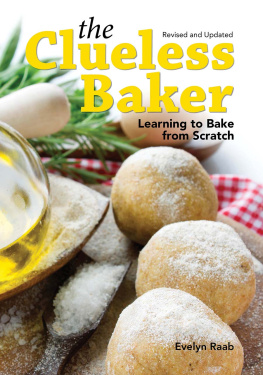

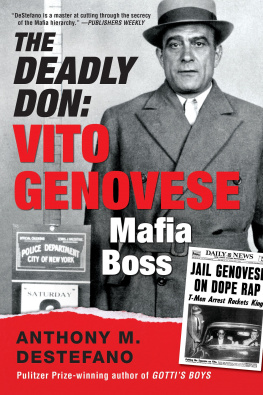
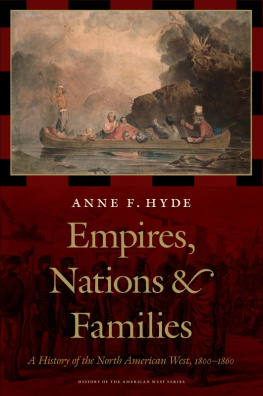

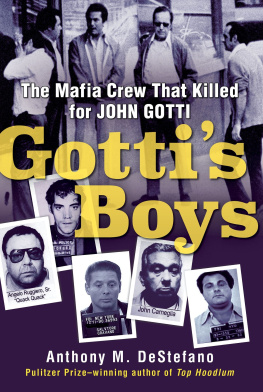
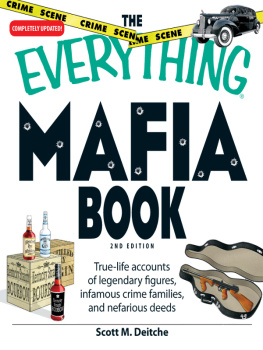
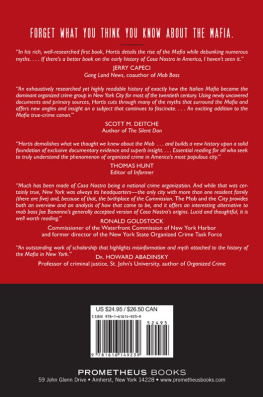
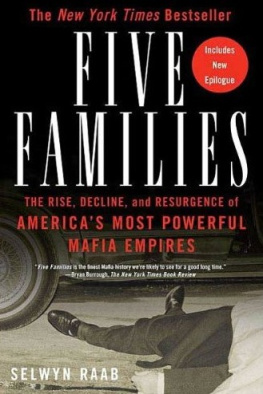


 New York
New York
